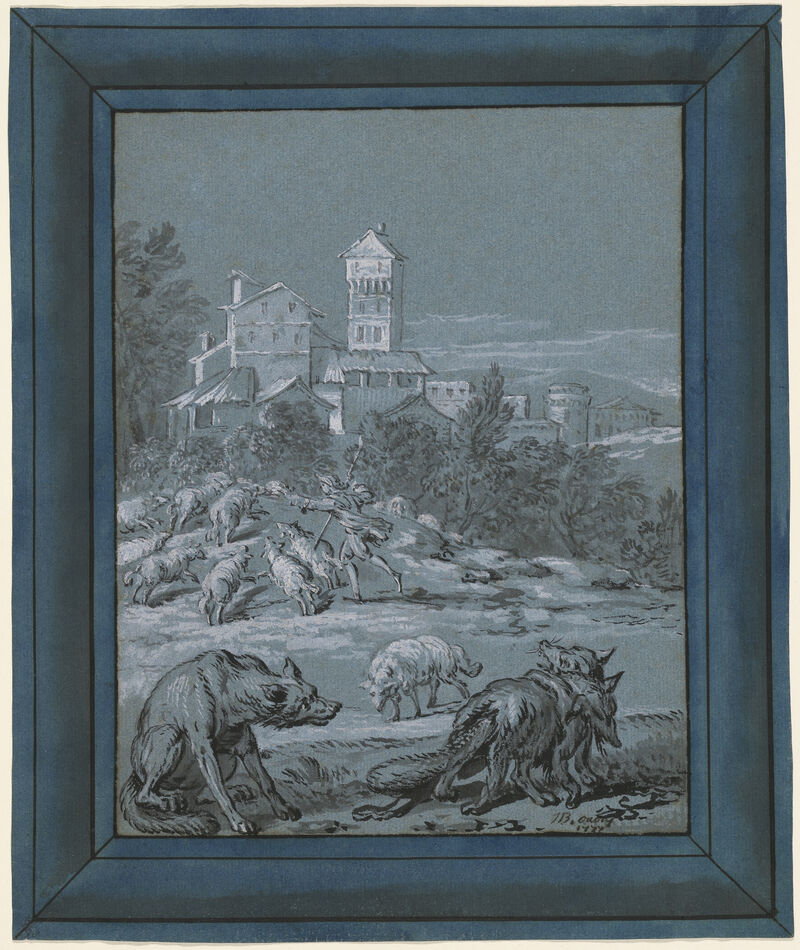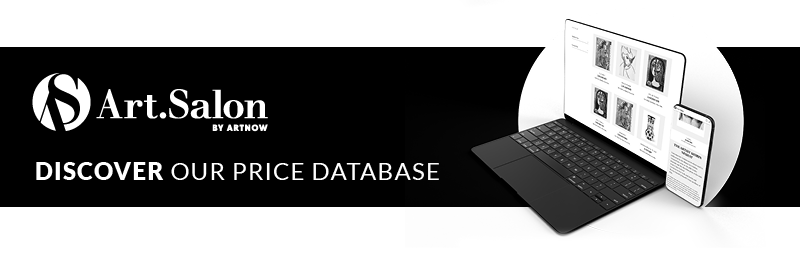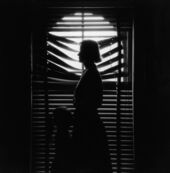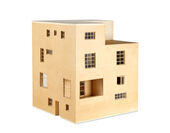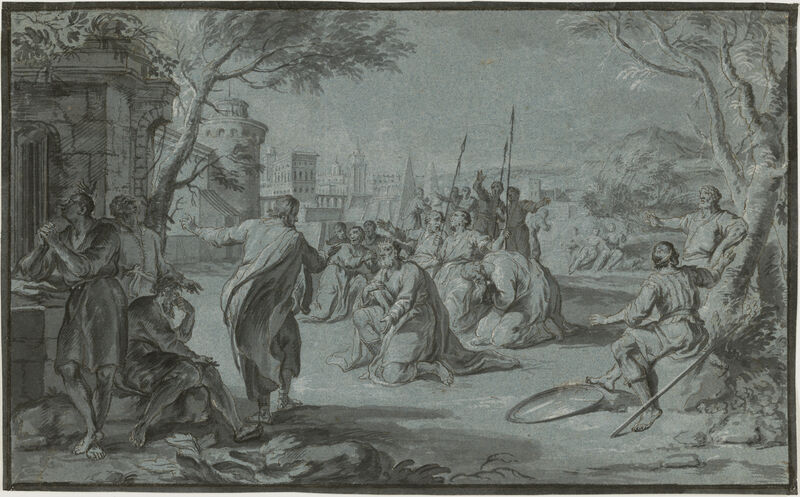
Dive deeper into the art world
Atlanta: High Museum of Art presents Ralph Eugene Meatyard
The macabre photography pioneer
The High Museum of Art presents one of the most innovative photographers of the 20th century: Ralph Eugene Meatyard was self-taught and devoted himself to the absurd and surreal. The exhibition The Family Album of Ralph Eugene Meatyard, which opens in Atlanta on December 12, features 36 rare photographs.
December 12, 2025
Vienna, ALBERTINA




